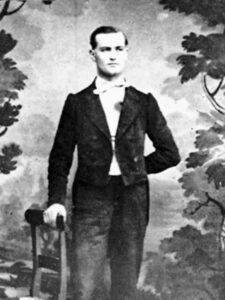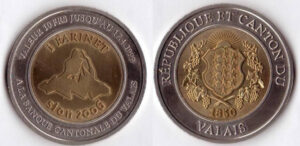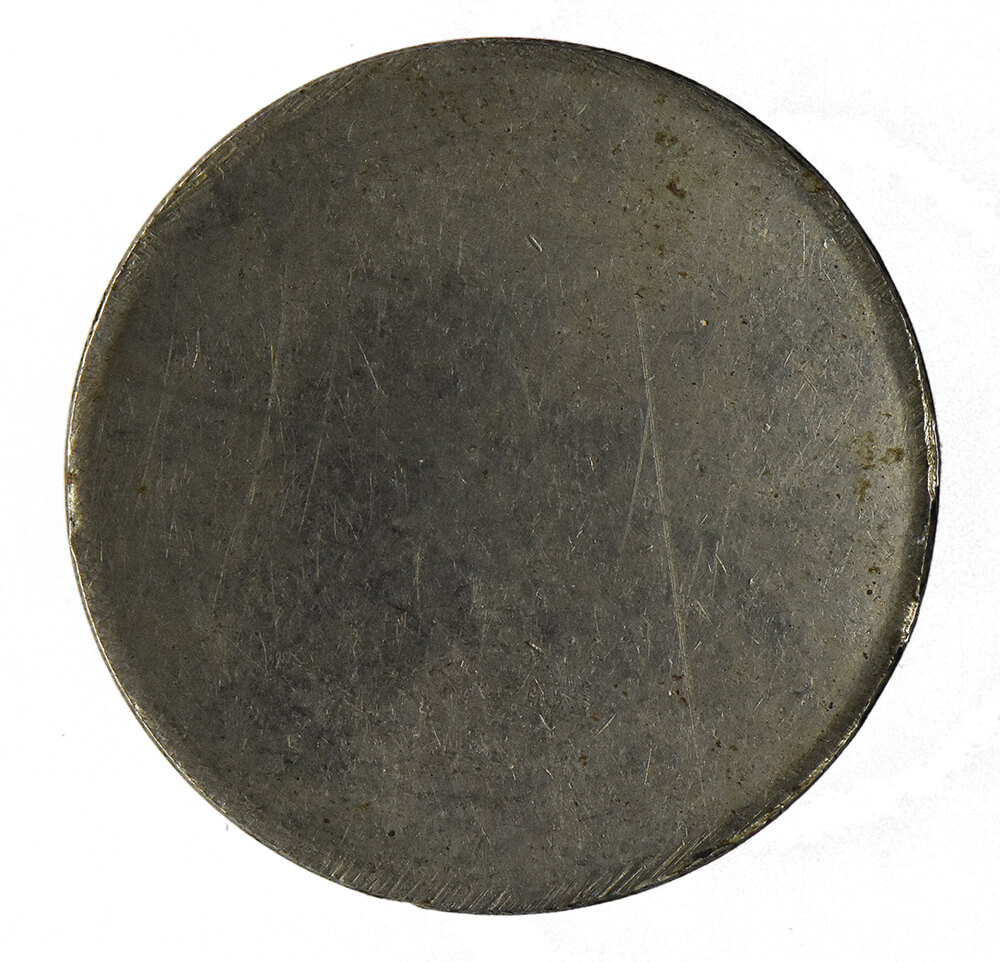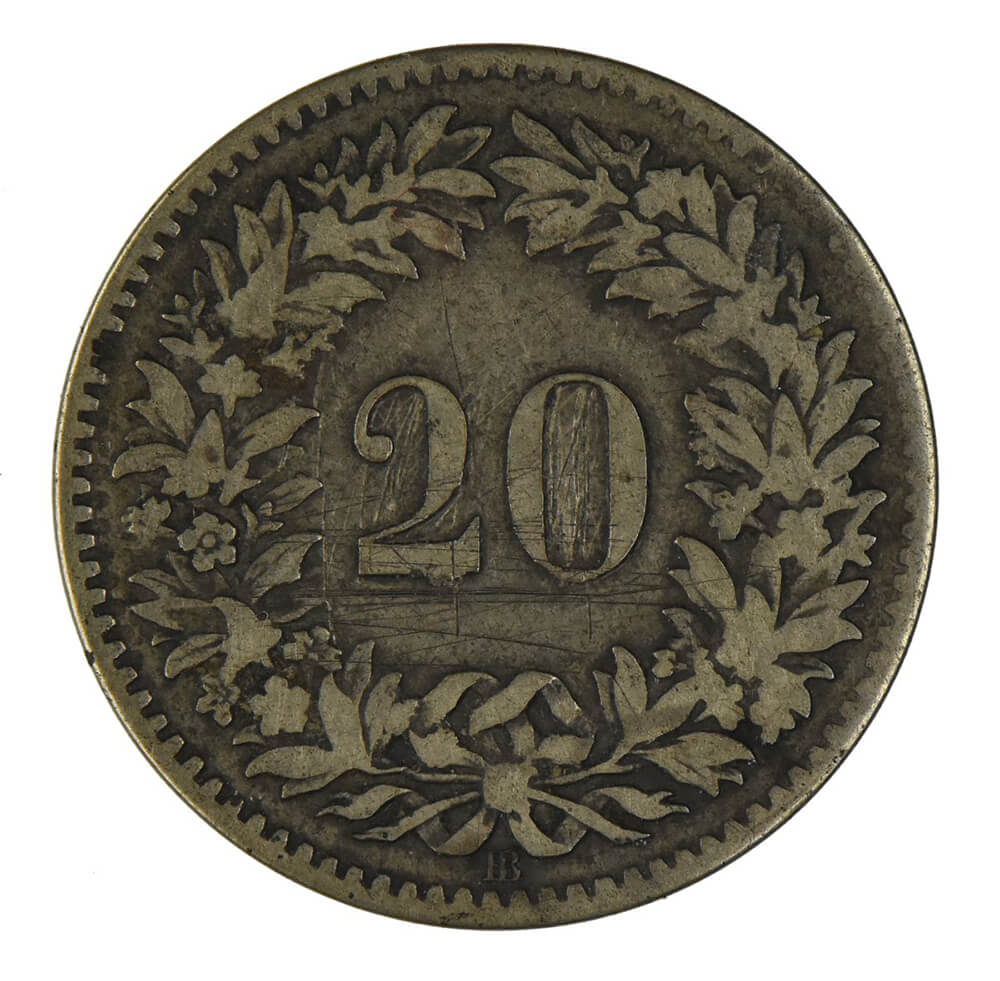

The new banknotes issued by the Swiss National Bank are covered with security features. Would that have been enough to deter Joseph-Samuel Farinet? Probably, yes – the most famous counterfeiter in Switzerland may have been productive, but his working methods weren’t all that sophisticated. In the 1870s, he flooded the Valais with home-made 20-rappen pieces. Farinet’s method was quite simple: he would hammer an unhardened die on a real coin and use it to mint his own coins.
Joseph-Samuel Farinet originally moved to Valais from the Aosta Valley because he was wanted by the police there. However, this Italian counterfeiter wasn’t just a criminal; his actions also reveal a streak of social activism. He distributed a portion of his coins among the impoverished locals, who thanked him by hiding him and giving false information to the police, who soon came looking for him.
Farinet’s 20-rappen pieces were also popular because paper money still wasn’t very prevalent in 19th-century Switzerland. At that time, banknotes were not yet federal money. Rather, they were bills of exchange issued by banks and their value was based on the bank’s promise of payment. The fact that the Valais Cantonal Bank, established in 1856, was on the brink of insolvency after just a few years did not exactly boost people’s confidence in paper money. Quite the contrary. It wasn’t until after the Banknote Act of 1881 and the first banknotes of the Swiss Confederation were issued in 1907 that this confidence gradually increased.

In 1880, despite all the help he received from the local people, Farinet was finally cornered by the police near Saillon, where he died. The actual cause of the counterfeiter’s death remains unclear. Was he shot by the gendarmes? Did he slip and fall into a gorge of the river Salentse? We’ll never know. But Farinet was not forgotten. The mysterious circumstances surrounding his death keep the legends about the ‘Robin Hood of the Alps’ alive to this day. In the Valais, the counterfeiter is even considered a local hero and, in 2017, an alternative local currency was launched there: the ‘farinet’. It is accepted as a means of payment in many businesses across the region.
This article was originally published in German in the blog of the Swiss National Museum.
You can find a detailed profile of Farinet in this CoinsWeekly article.







